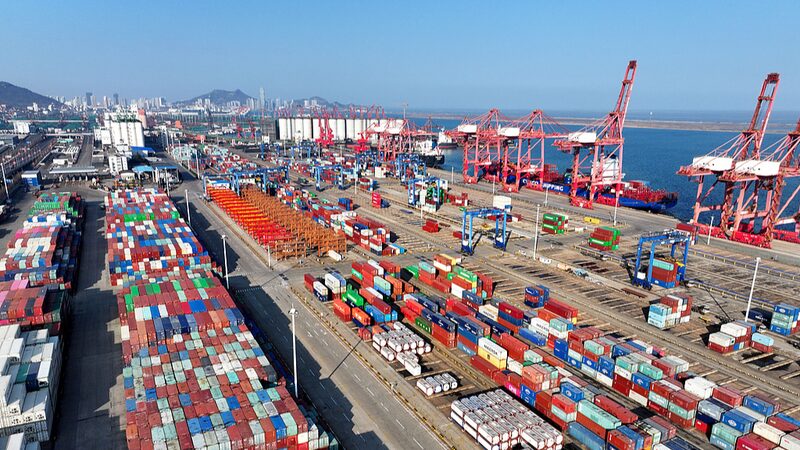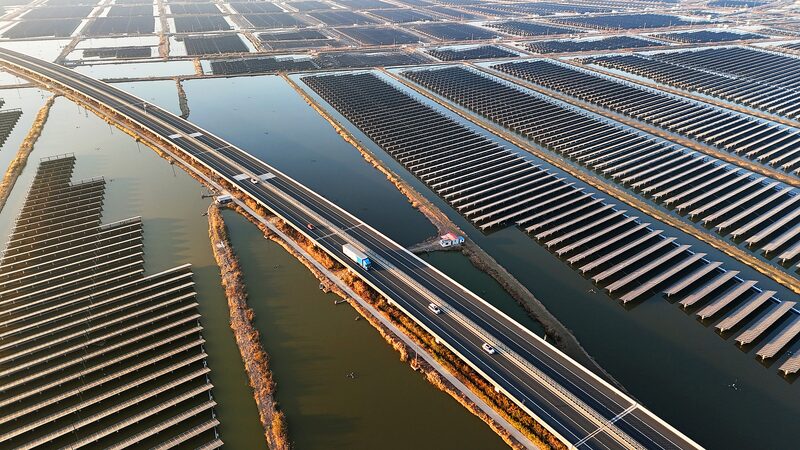In today's fast-paced world, Digital Public Infrastructure (DPI) is emerging as a key player in boosting economic growth and development. But what exactly does DPI bring to the table?
DPI encompasses the digital frameworks and systems that support a country's economy and society, such as broadband networks, digital payment systems, and e-government services. These infrastructures not only streamline operations but also open up new opportunities for businesses and individuals alike.
However, implementing DPI isn't without its challenges. Issues like cybersecurity, digital divide, and the high cost of technology adoption can pose significant hurdles. Despite these challenges, the potential benefits are enormous, including increased efficiency, enhanced transparency, and greater access to services.
Collaboration is crucial for the successful implementation of DPI. Governments, the private sector, and civil society must work together to create a robust digital ecosystem. This partnership ensures that the infrastructure meets the needs of all stakeholders and fosters an environment where innovation can thrive.
Curious to learn more about how DPI can transform economies? Tune in to CGTN's latest insights and discover the future of digital infrastructure!
Reference(s):
Watch: Digital public infrastructure – a catalyst for economic growth
cgtn.com







